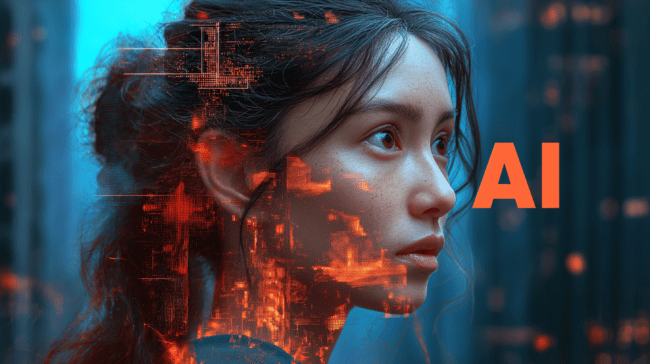The Spark of Deep Learning
Deep learning is like a kind of magic. It excels at tasks we thought only humans could do: recognizing images, understanding speech, translating languages. Beneath the magic are layers of computation mimicking the brain’s network of neurons. But this field didn’t spring into existence overnight.
A Brief History
The origins of deep learning can be traced back to the 1940s. Warren McCulloch and Walter Pitts first modeled a simple neural network that mimicked the human brain. The initial model was not practical for computing, but it laid the groundwork.
In the decades that followed, Frank Rosenblatt created the Perceptron in 1958. This was a single-layer neural network capable of basic pattern recognition. While groundbreaking, it soon hit a wall: it couldn’t solve more complex tasks.
The Winter of AI
The 1970s and 80s were not kind to neural networks. Marvin Minsky and Seymour Papert demonstrated the Perceptron’s limitations in their book “Perceptrons,” plunging the field into an ‘AI winter’. Funding dried up, and many researchers abandoned neural networks.
The Rebirth: Multilayer Perceptrons and Backpropagation
In the mid-1980s, things began to change. Geoffrey Hinton, David Rumelhart, and Ronald Williams reintroduced the world to neural networks, this time with hidden layers and a learning algorithm called backpropagation. Backpropagation allowed networks to learn and adjust weights more efficiently.
The introduction of multilayer perceptrons and backpropagation was a turning point. Neural networks could now handle more complex tasks but were still limited by the hardware and data available.
Evolution into Deep Learning
The leap from neural networks to deep learning happened when researchers started adding more layers to these networks. The key here is depth. These deep neural networks have numerous layers, sometimes hundreds, allowing them to learn intricate patterns in data.
Key Concepts in Deep Learning
- Neurons: The basic unit. Mimics the human brain’s neurons and holds weights and biases.
- Layers: Deep networks are composed of an input layer, several hidden layers, and an output layer.
- Activation Functions: Decide whether a neuron should be activated. Common functions include ReLU, sigmoid, and tanh.
- Loss Function: Measures how well the network’s predictions match the actual outcomes. A common loss function is cross-entropy loss.
- Optimization: Adjustments to decrease the loss function’s value, typically done using algorithms like stochastic gradient descent (SGD) or Adam.
Why Now?
Several factors have led to the rapid advancement of deep learning in recent years:
- Data: The internet has generated an enormous amount of data, perfect for training deep models.
- Computing Power: GPUs and TPUs have drastically reduced the time required to train deep networks.
- Open-Source Software: Libraries like TensorFlow, PyTorch, and Keras have made it easier for anyone to build and train deep models.
Applications of Deep Learning
Deep learning has revolutionized many fields. Here are a few notable applications:
- Image Recognition: Deep networks can identify objects in images with remarkable accuracy.
- Speech Recognition: Voice assistants like Siri and Alexa rely on deep learning to understand spoken commands.
- Natural Language Processing: Tools like Google Translate use deep learning to understand and translate languages.
- Autonomous Vehicles: Self-driving cars utilize deep learning for real-time object detection and decision-making.
Challenges and Future Directions
Despite its impressive capabilities, deep learning isn’t without challenges:
- Data Dependency: Deep models require massive amounts of data which may not always be available.
- Computational Costs: Training deep networks can be resource-intensive and costly.
- Explainability: Deep models are often seen as black boxes. Understanding their decision-making process is difficult.
The future of deep learning looks promising yet uncertain. Researchers are exploring ways to make models more efficient, interpretable, and less data-hungry. Advancements in quantum computing, neuromorphic computing, and transfer learning could also provide new avenues for growth.
Deep learning has come a long way since its humble beginnings. From early neural networks to today’s advanced models, the journey has been a mix of excitement, setbacks, and breakthroughs. As we move forward, the potential applications seem limitless, yet we must tread carefully to address the accompanying challenges.

